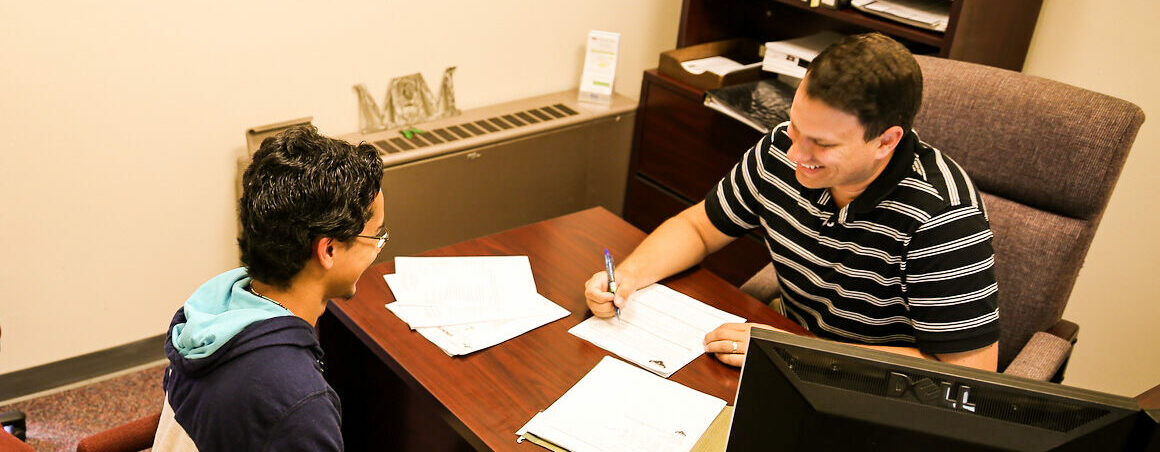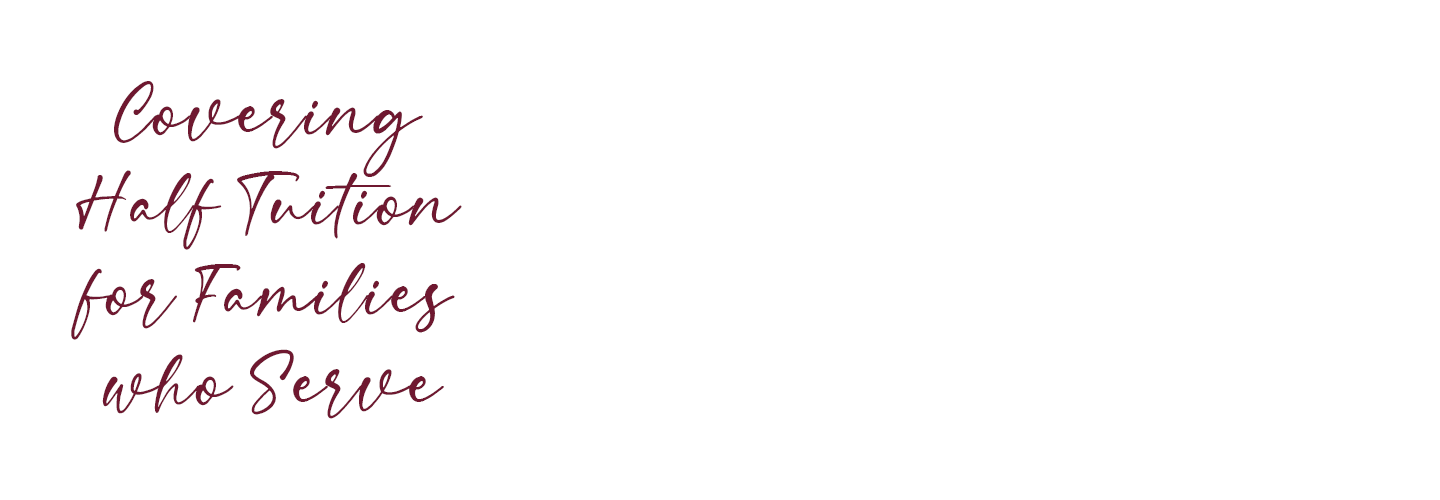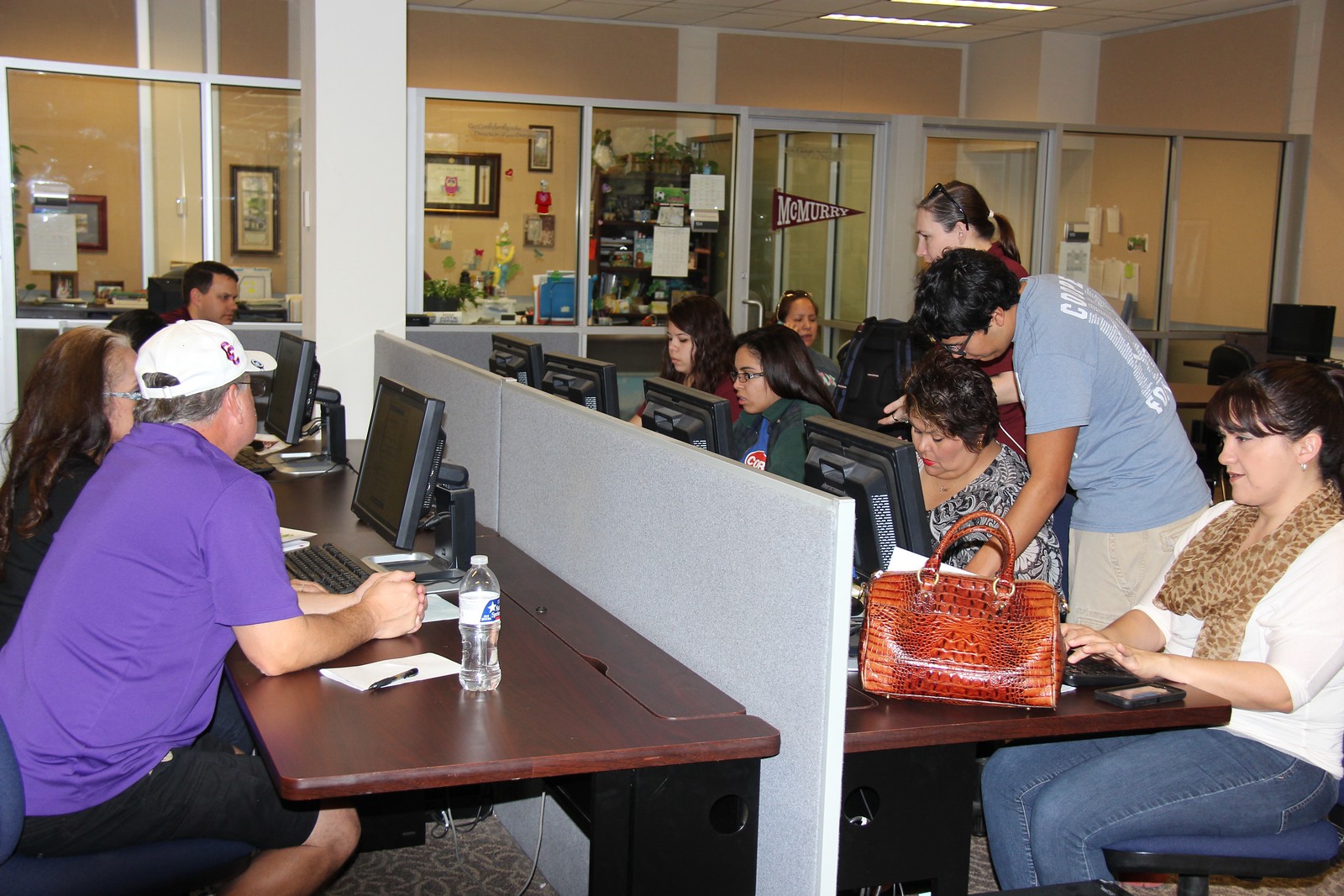Average Cost to Attend: $13,054*
Block Tuition is based on full-time enrollment of 12 hours or more. Students enrolled in less than 12 hours are $996 per credit hour.
2024 – 25 Estimated Costs:
- Tuition (Block): $31,850
- Freshman Orientation Fee (Fall Only): $240
- Student Activity Fee: $100
- Housing*: $4,748
- Meal Plan*: $4,706
- Health Fee: $150
Undergraduate Cost: $41,794
* Average Cost = Undergraduate Cost – Average Financial Aid.
Students living off-campus may subtract housing and meal plan.
Required books are included in tuition.








